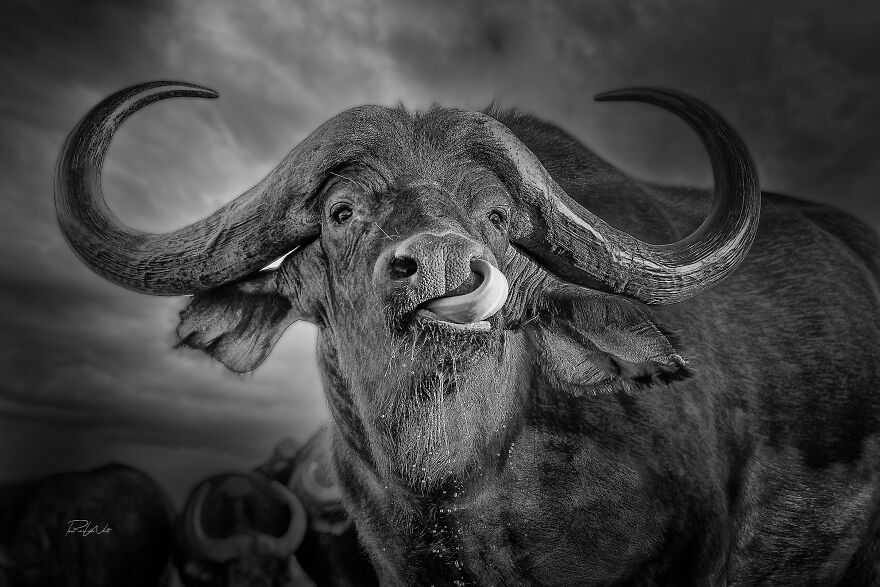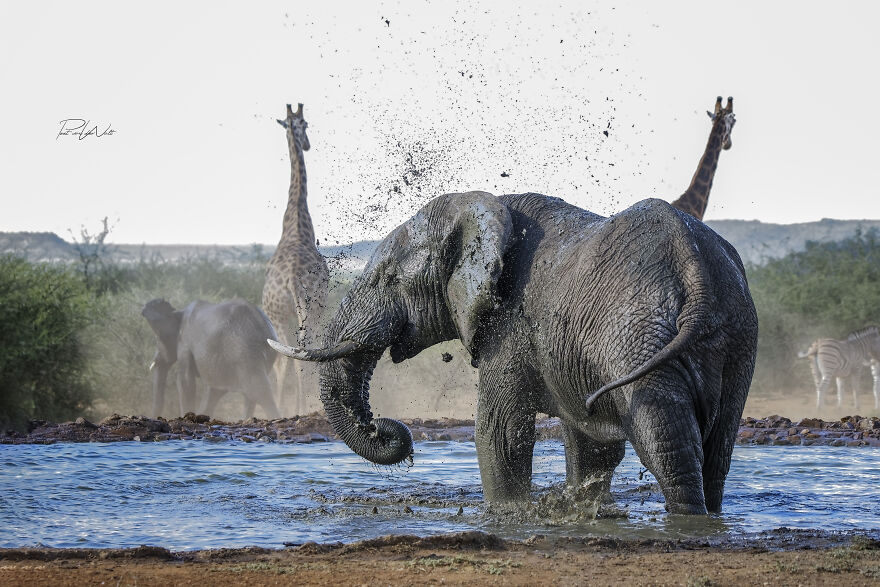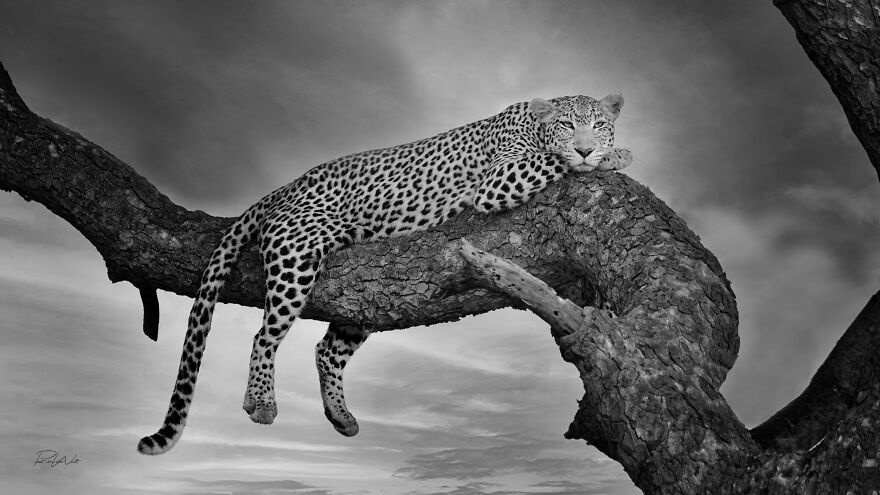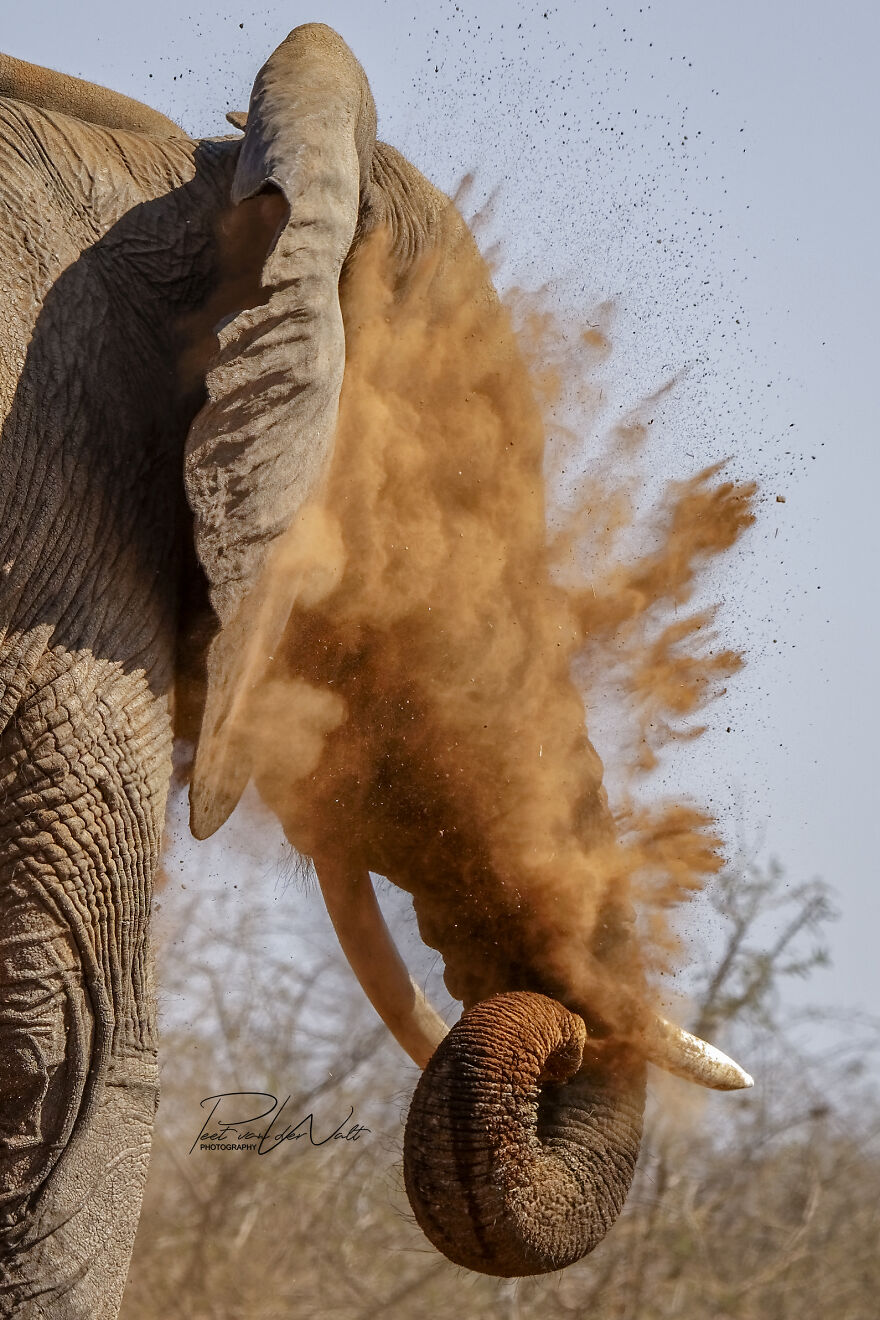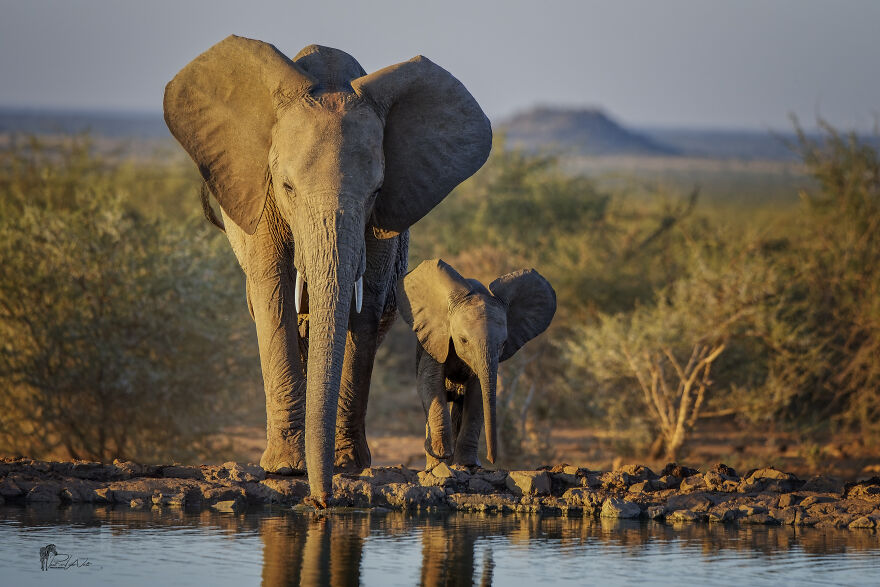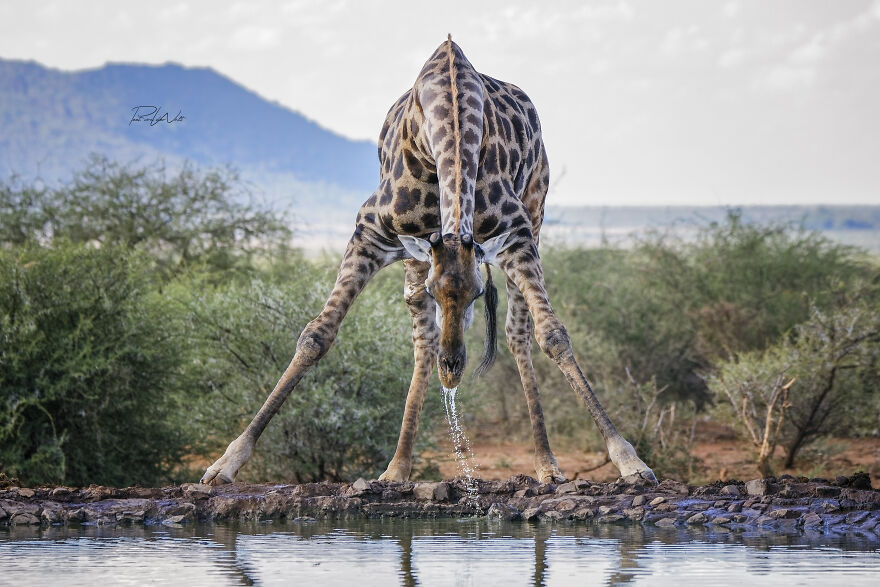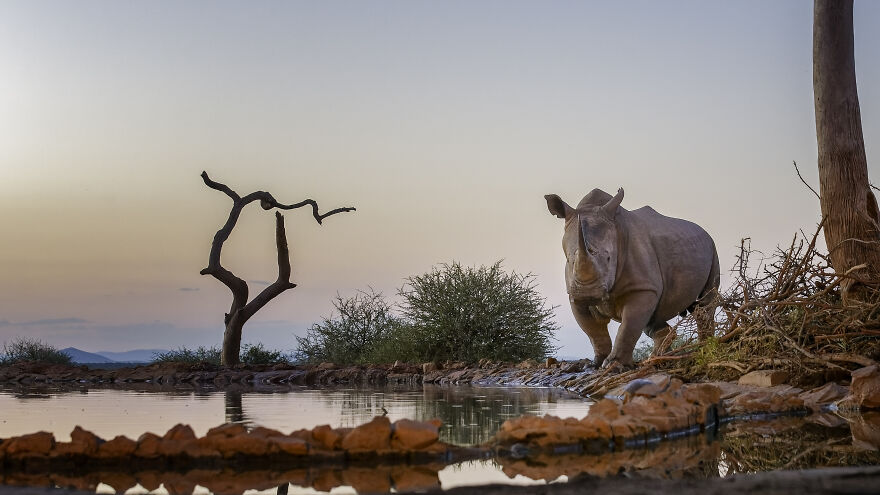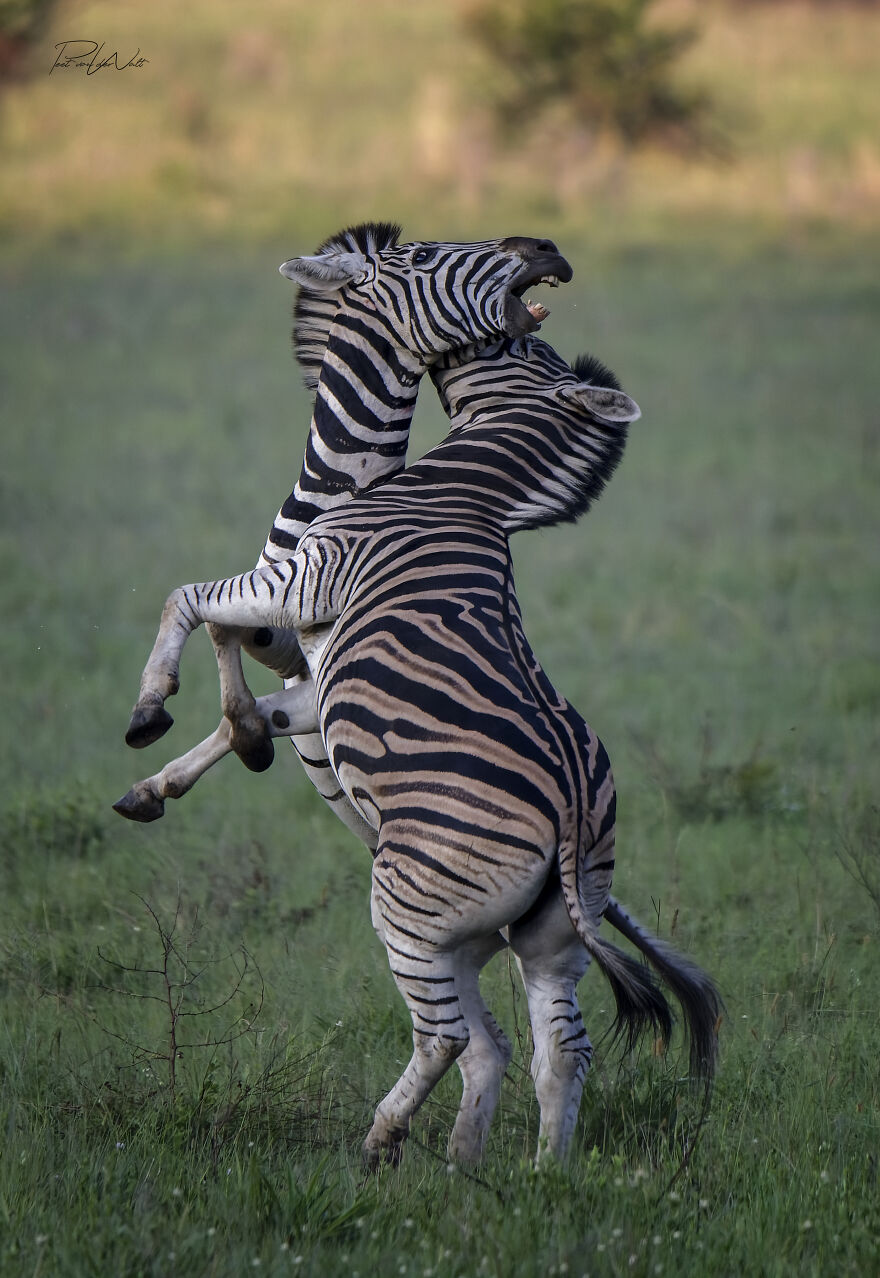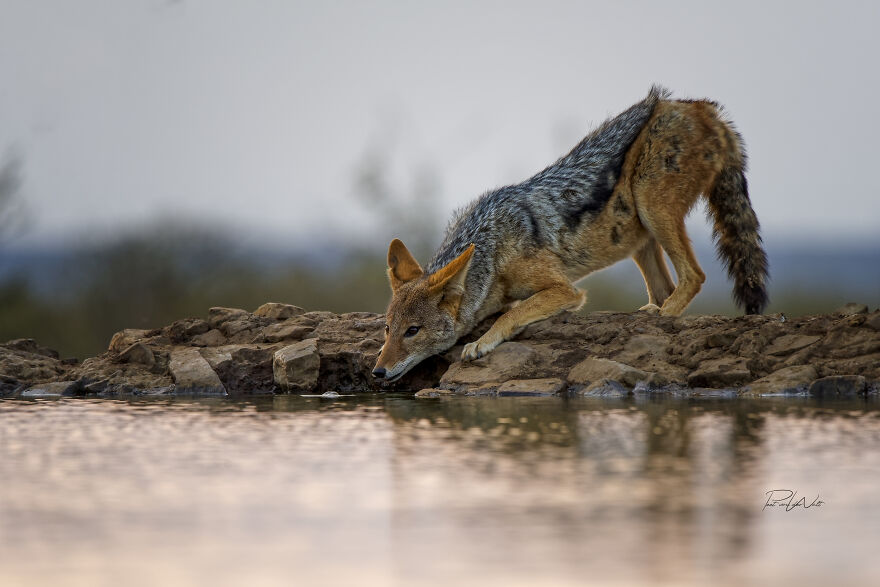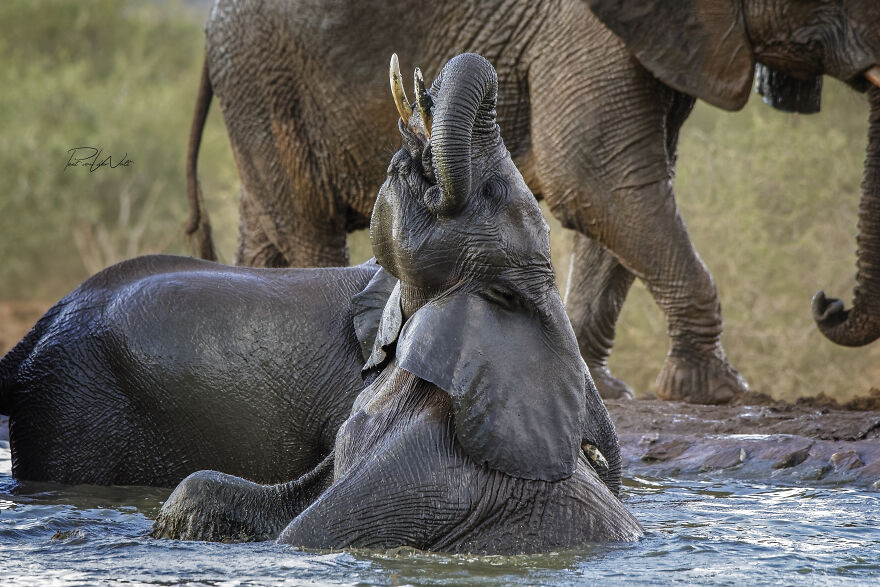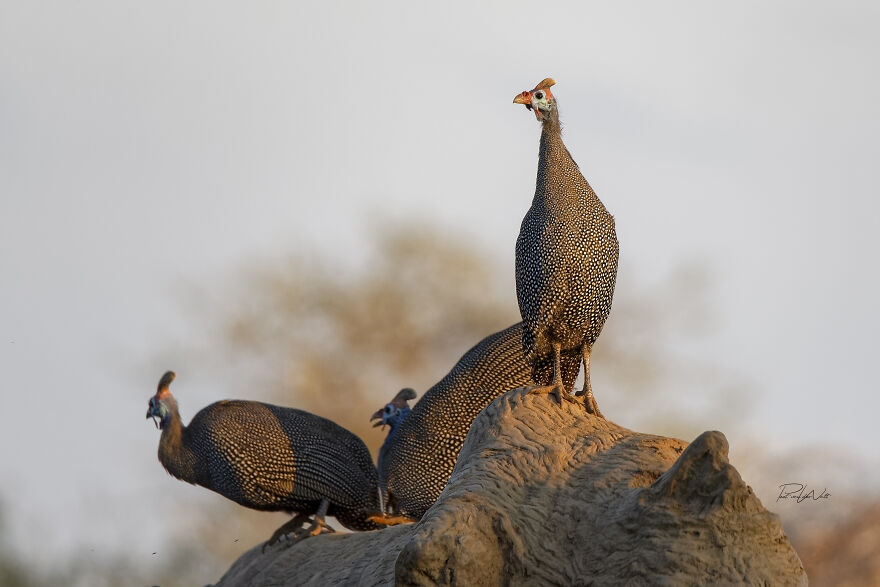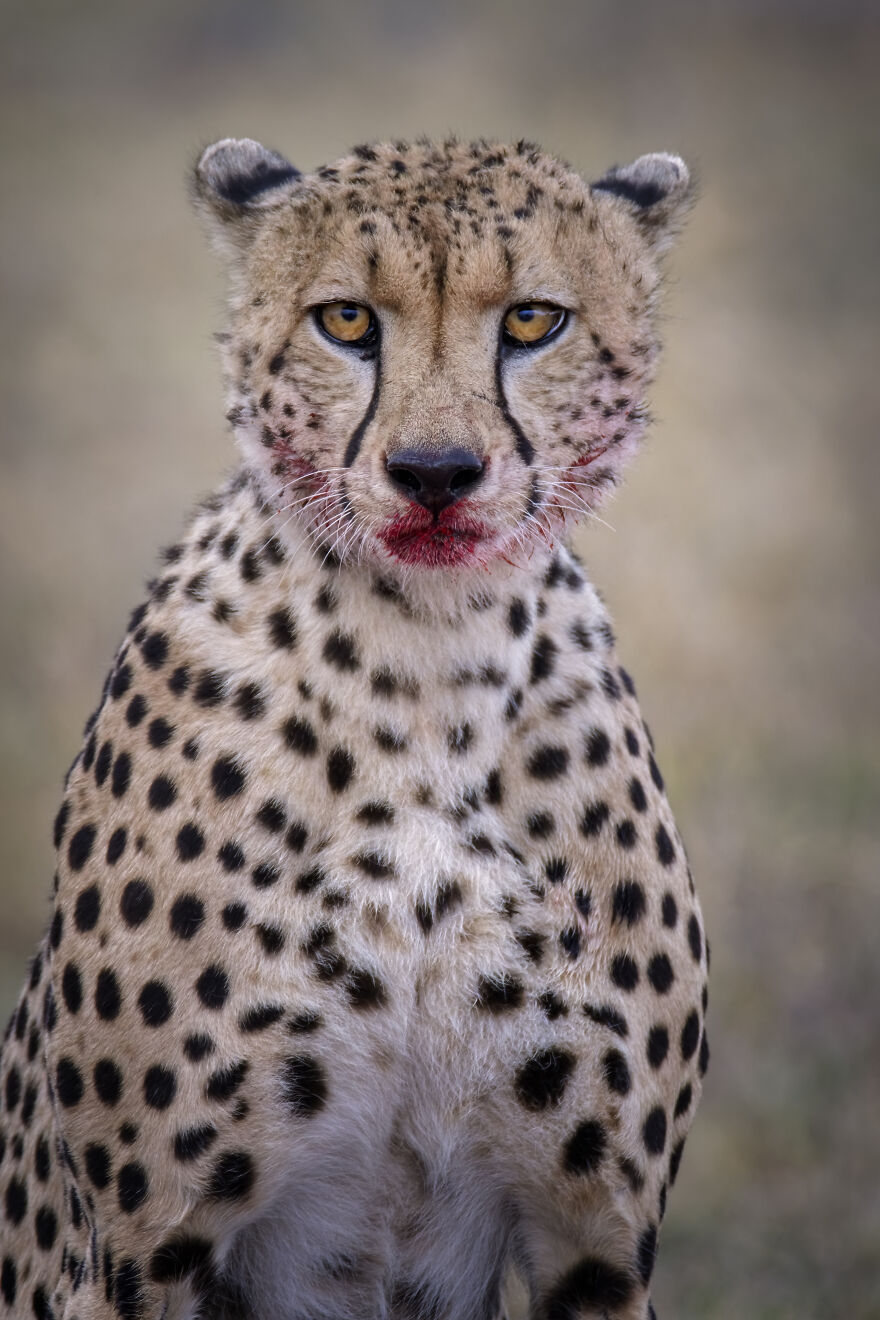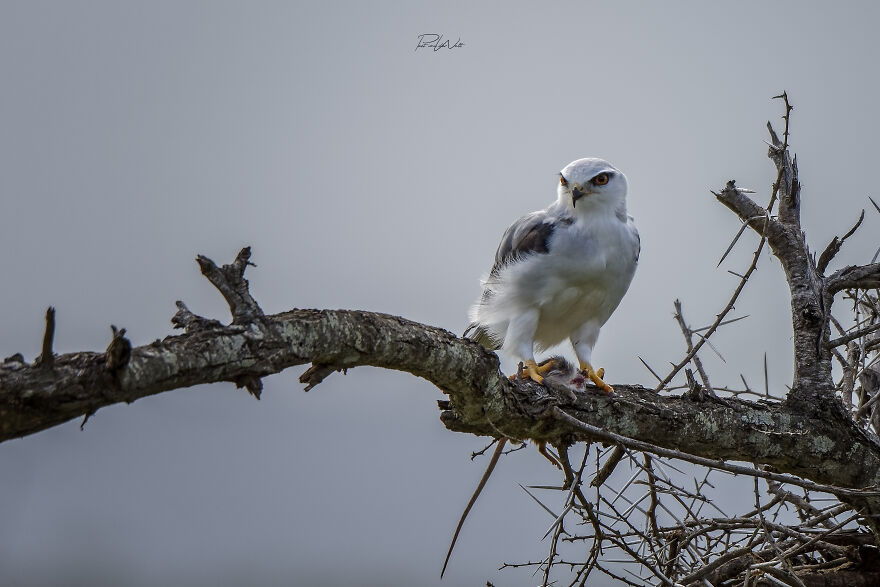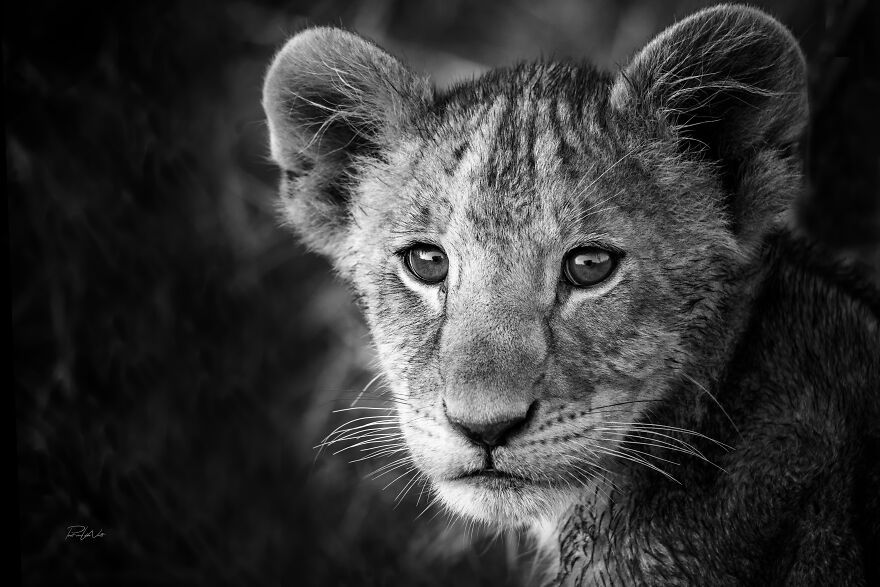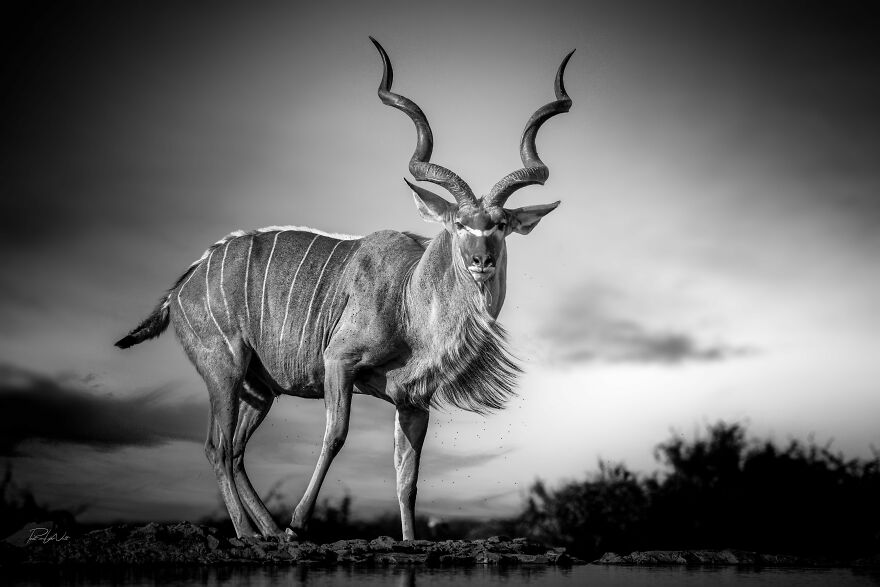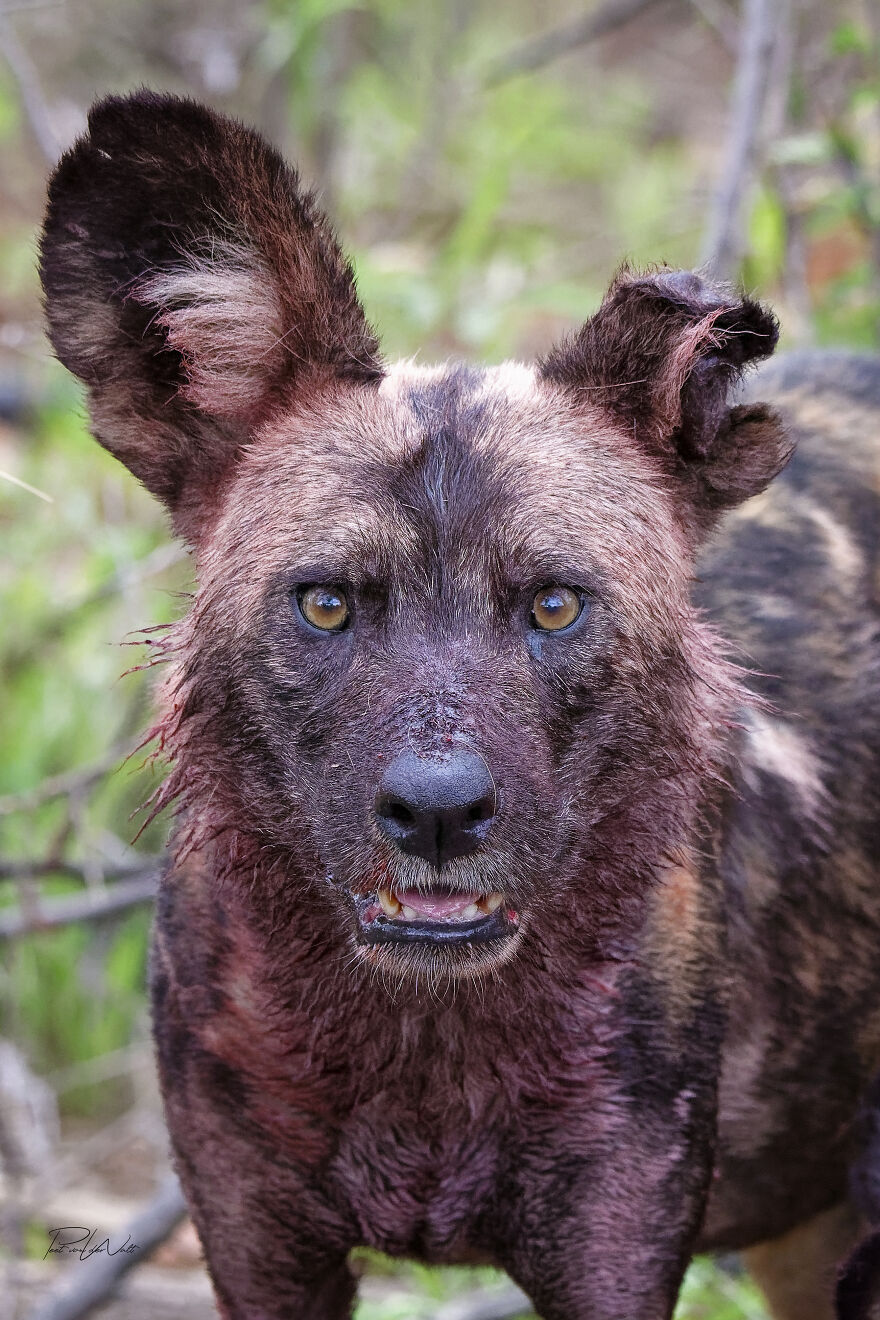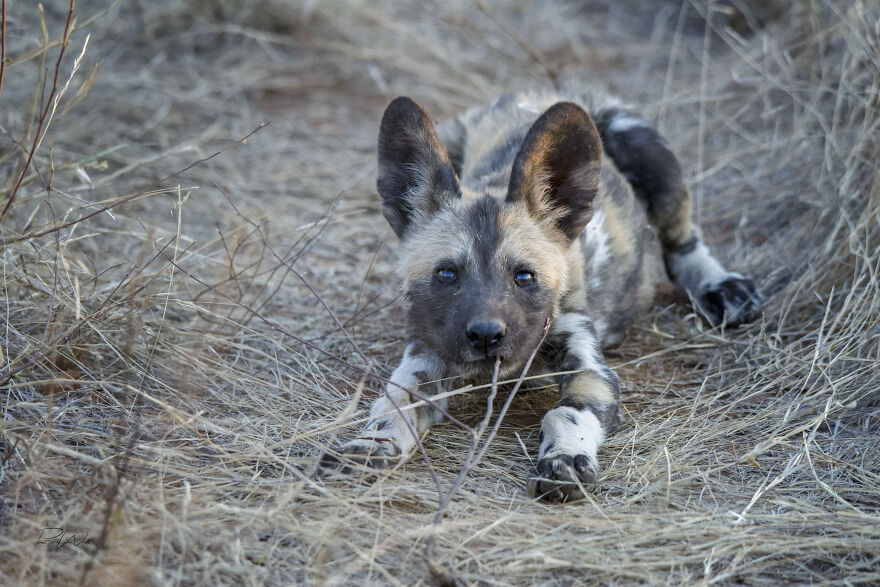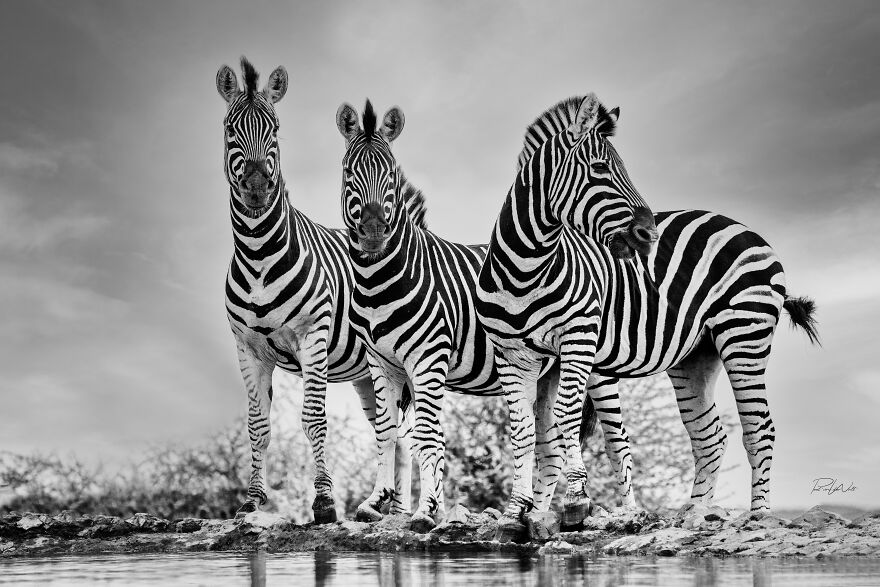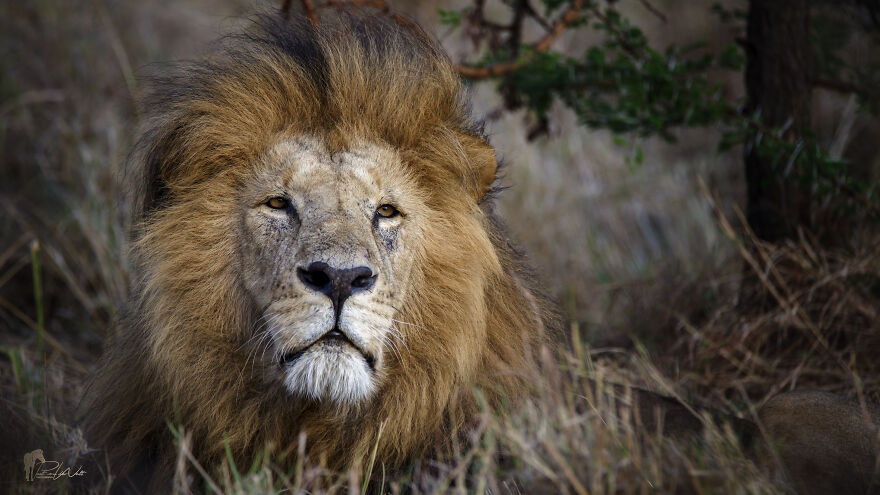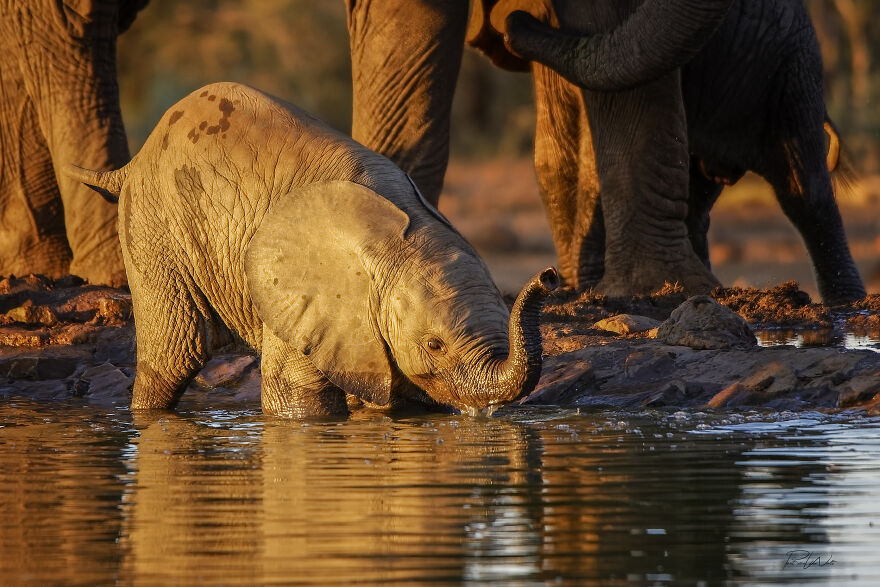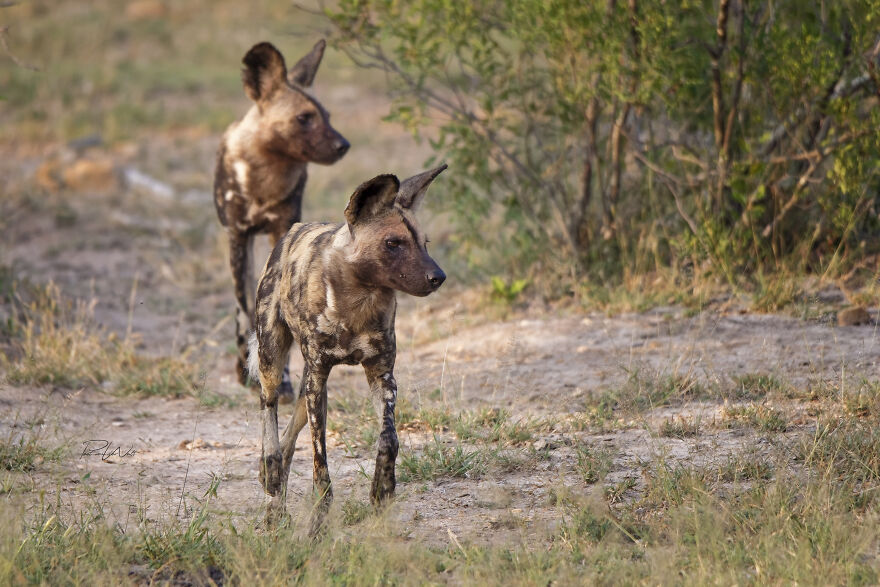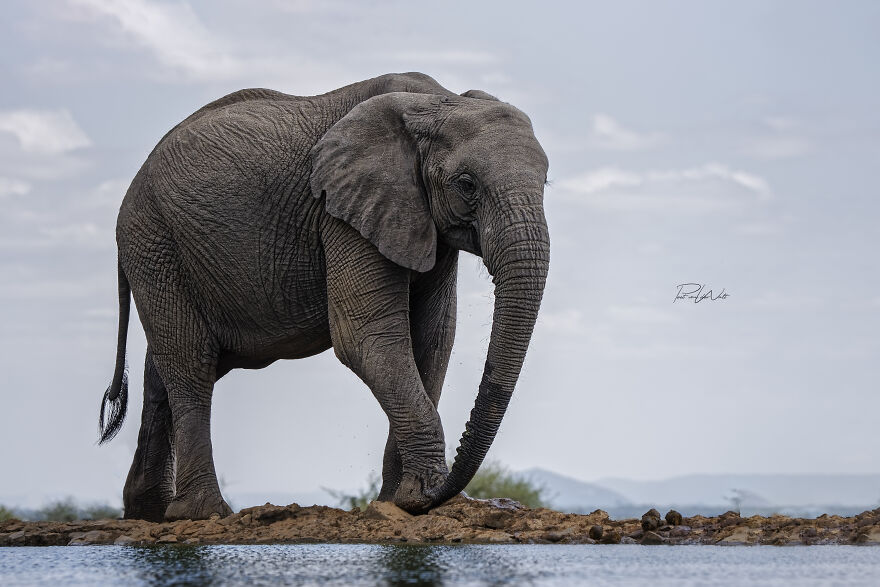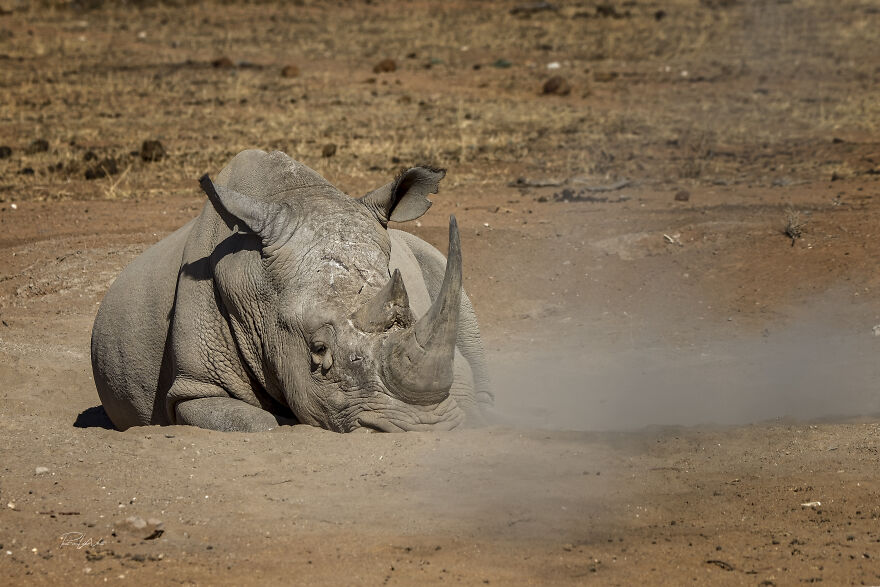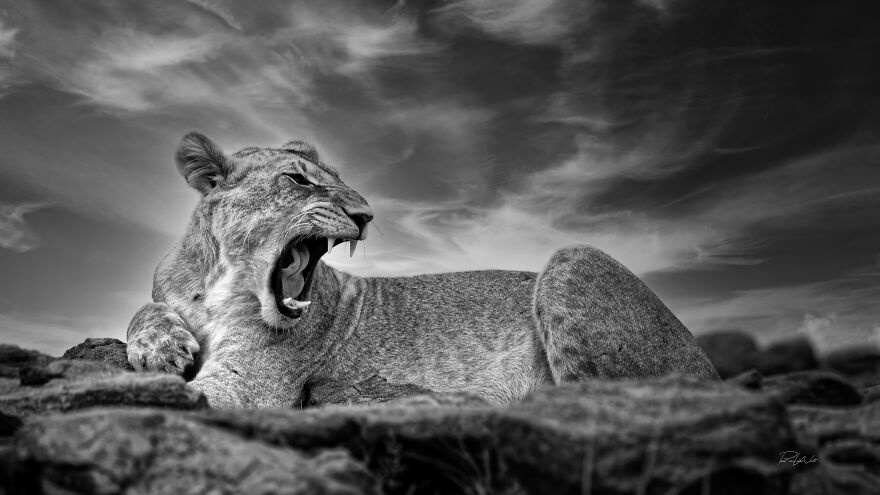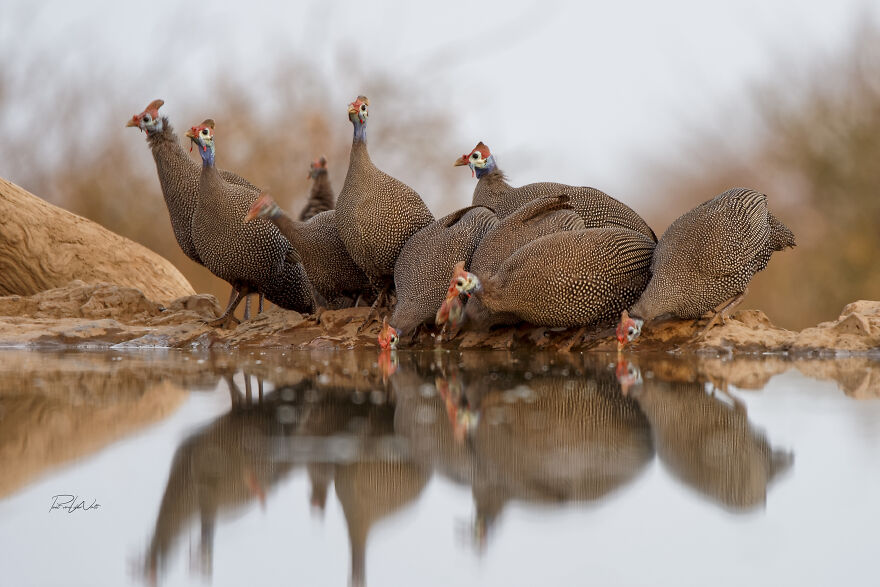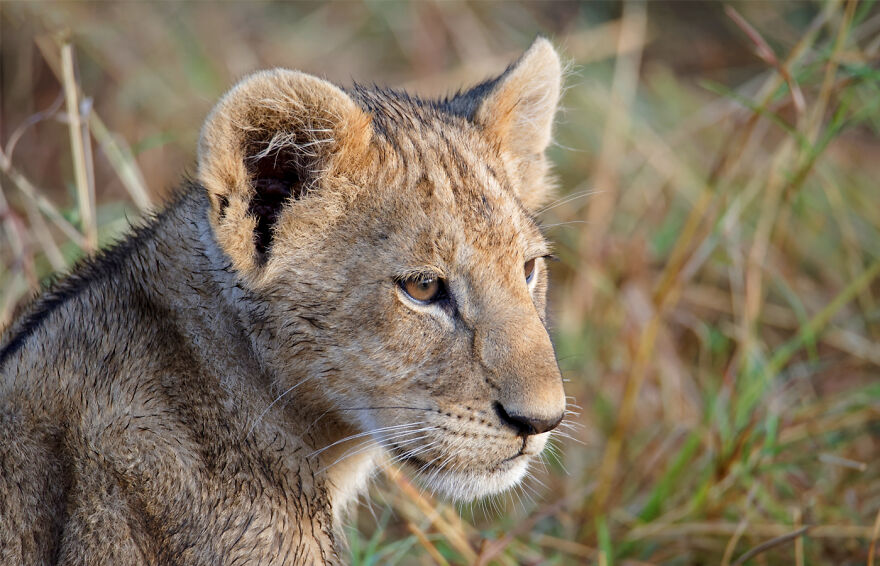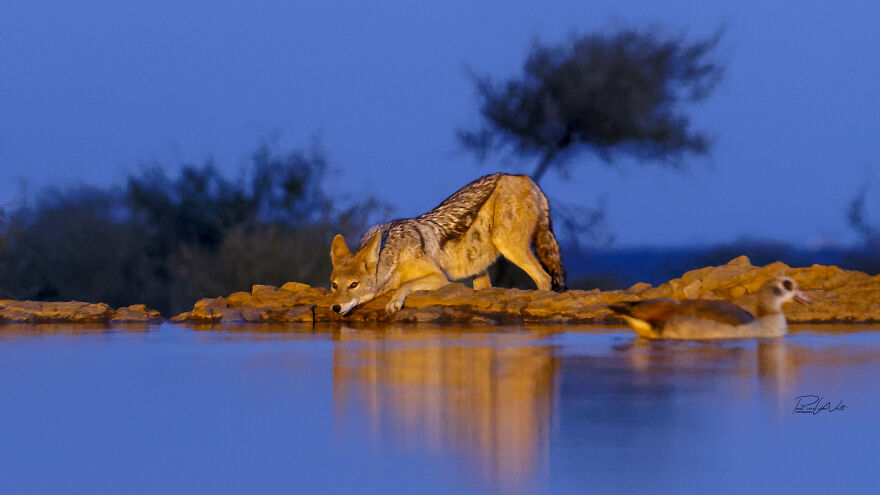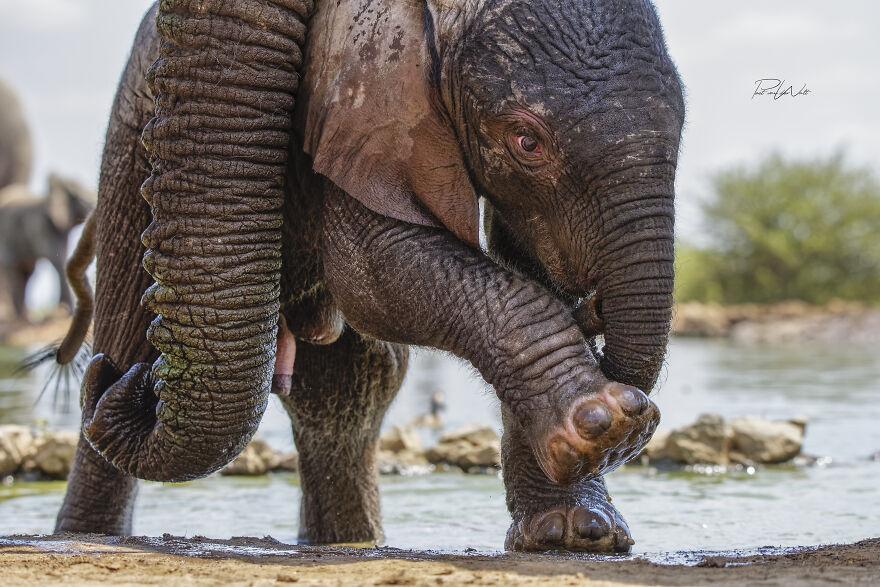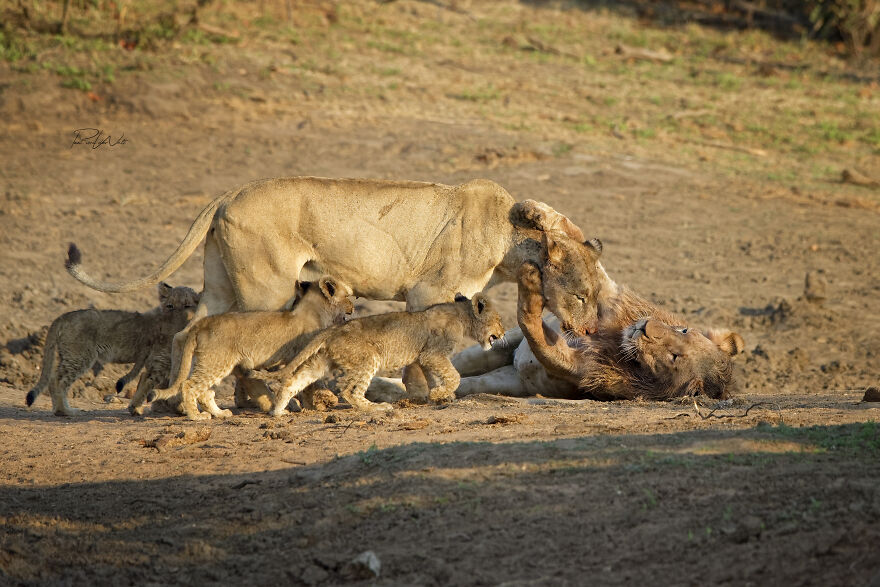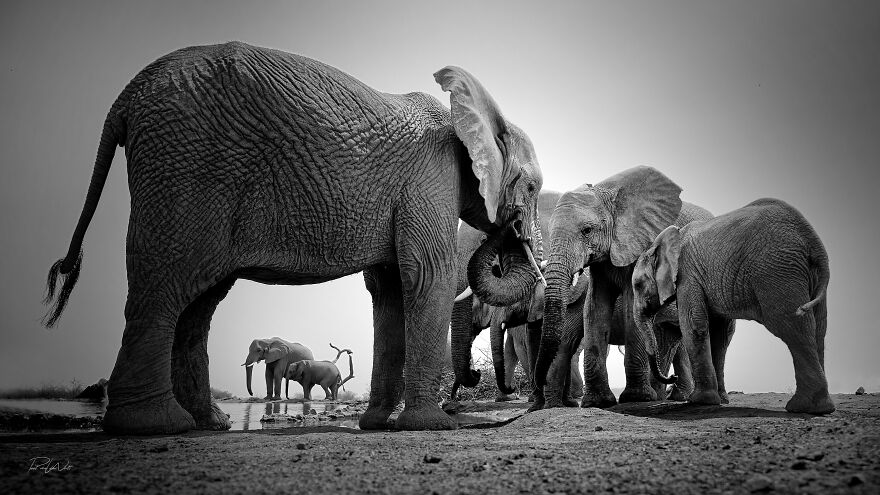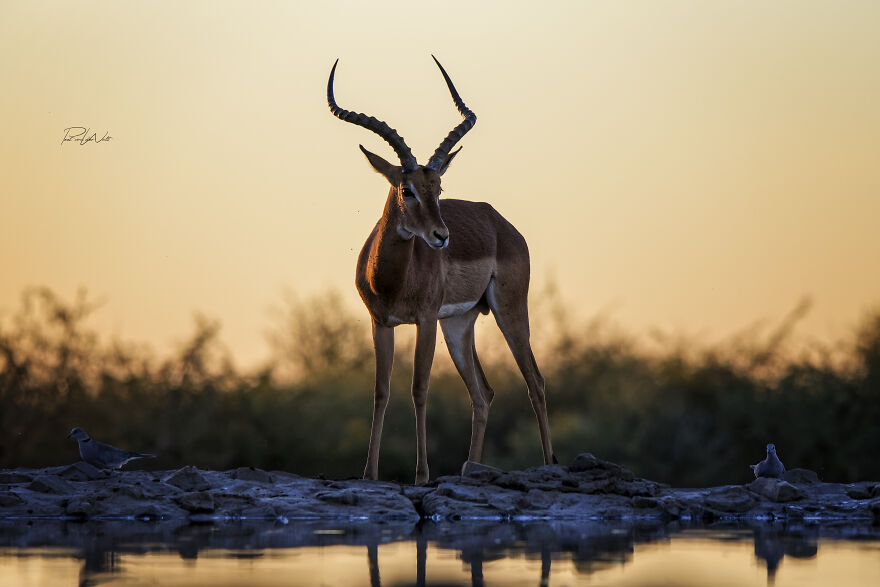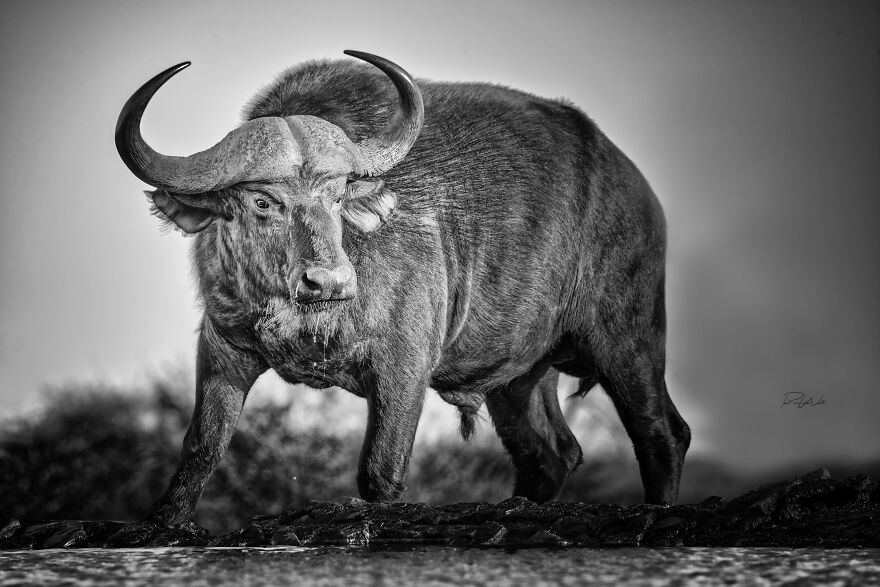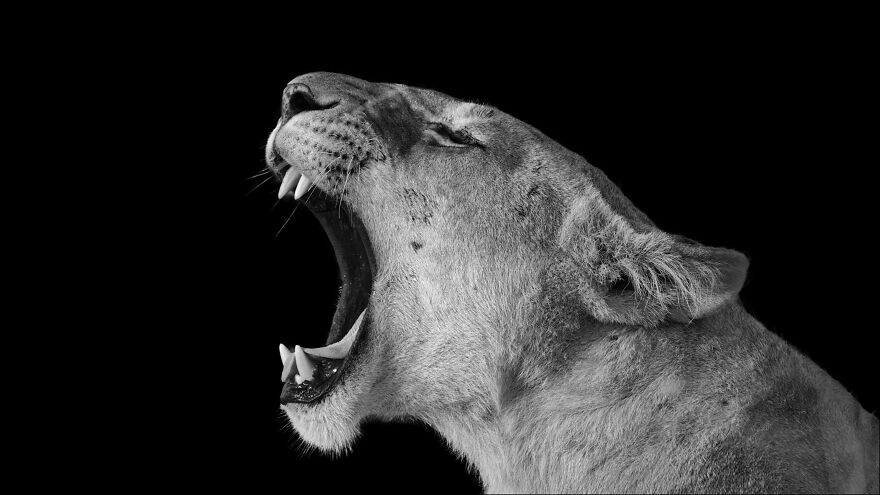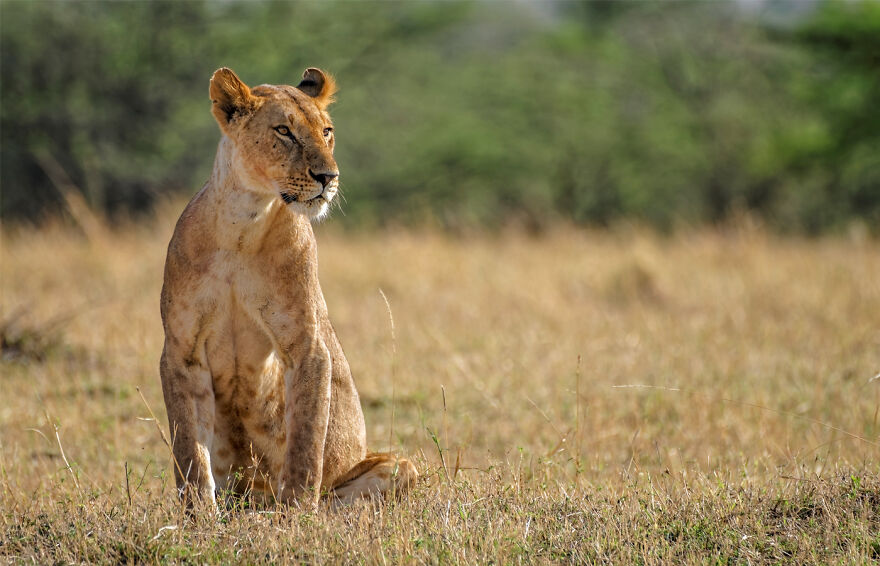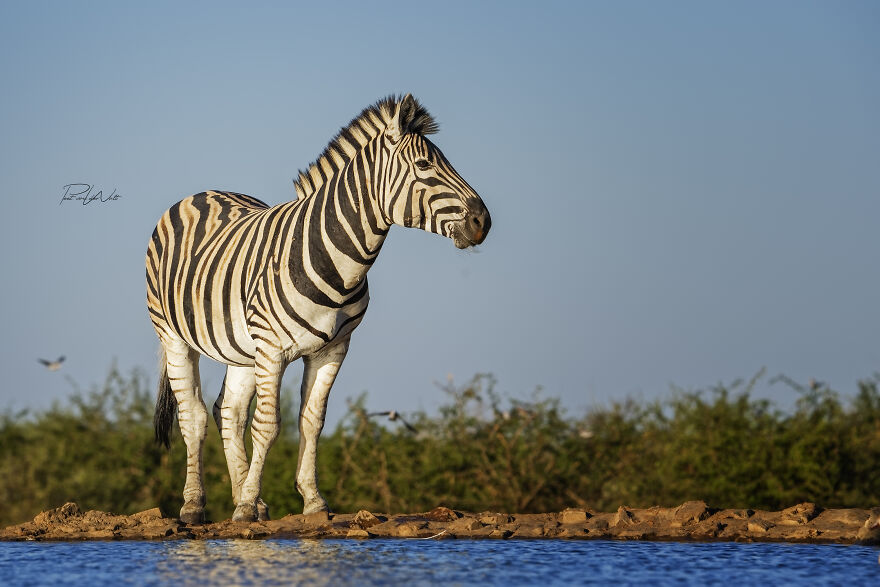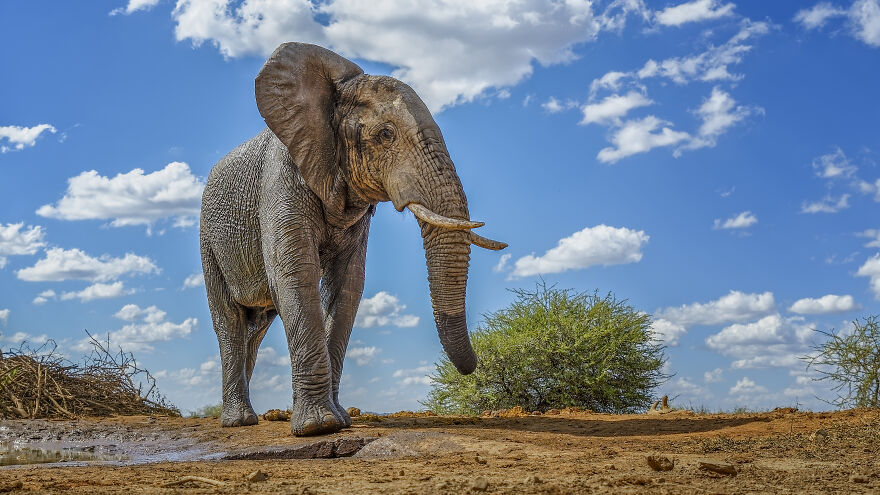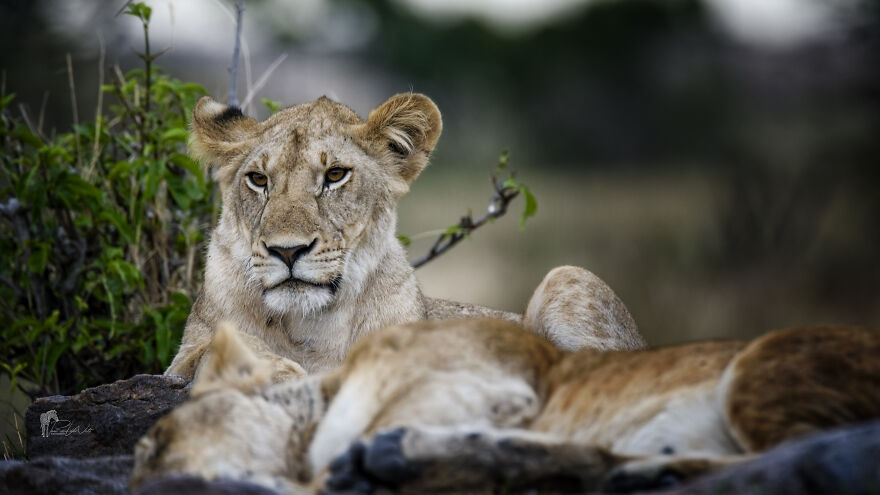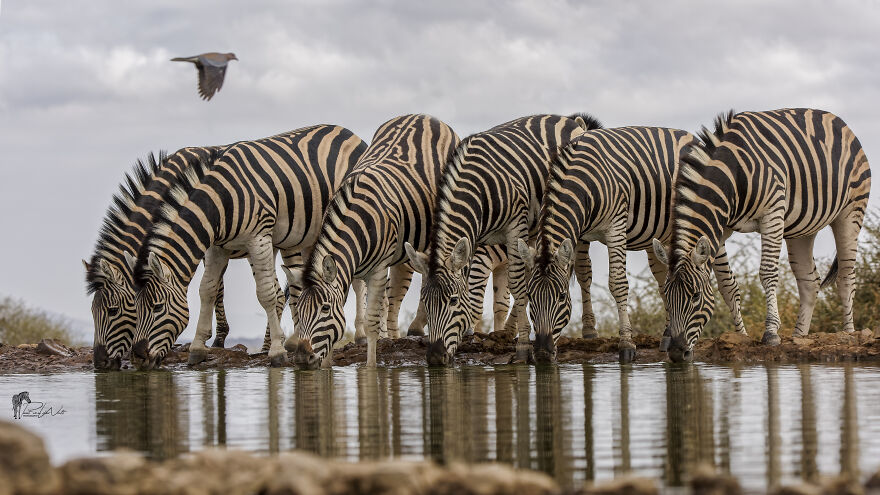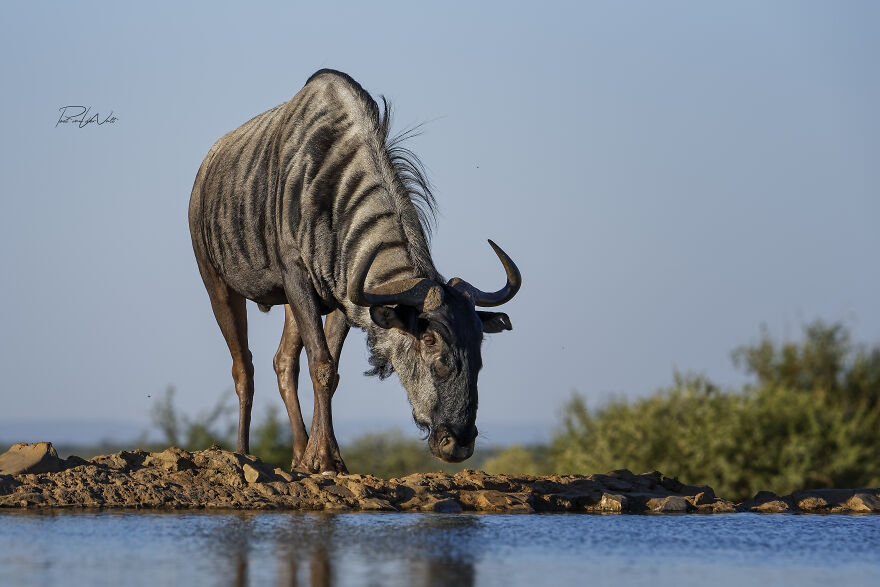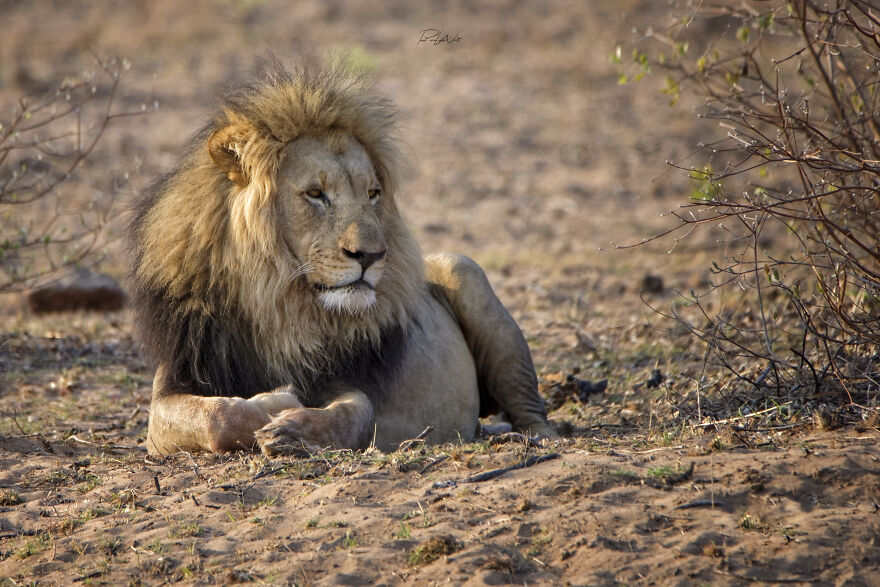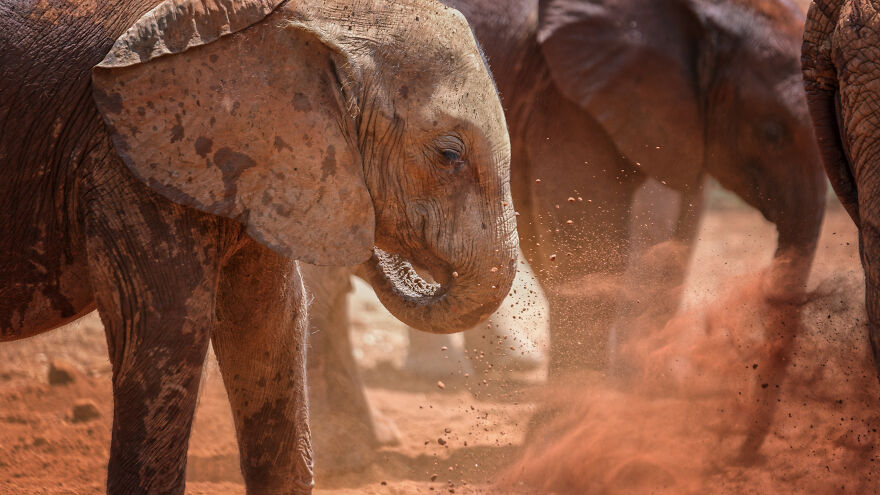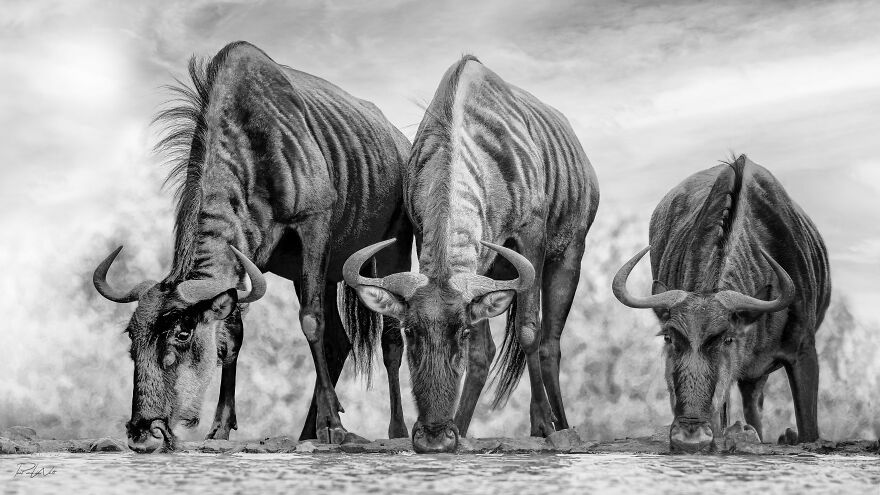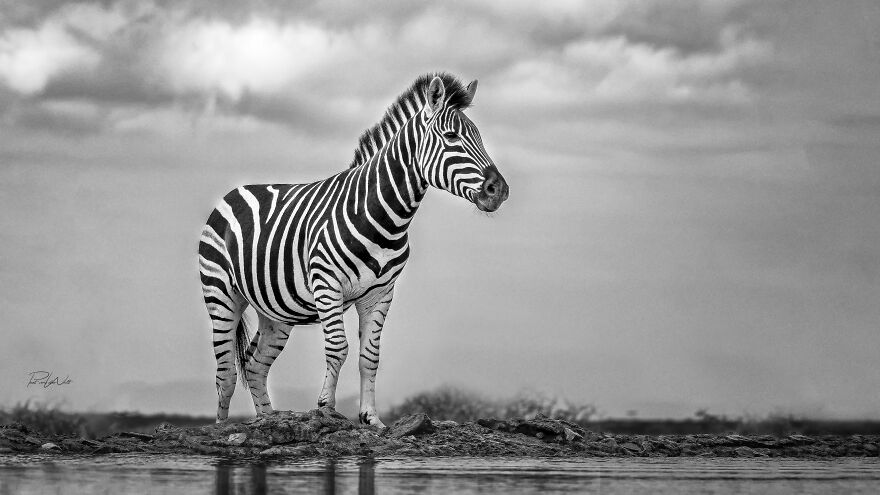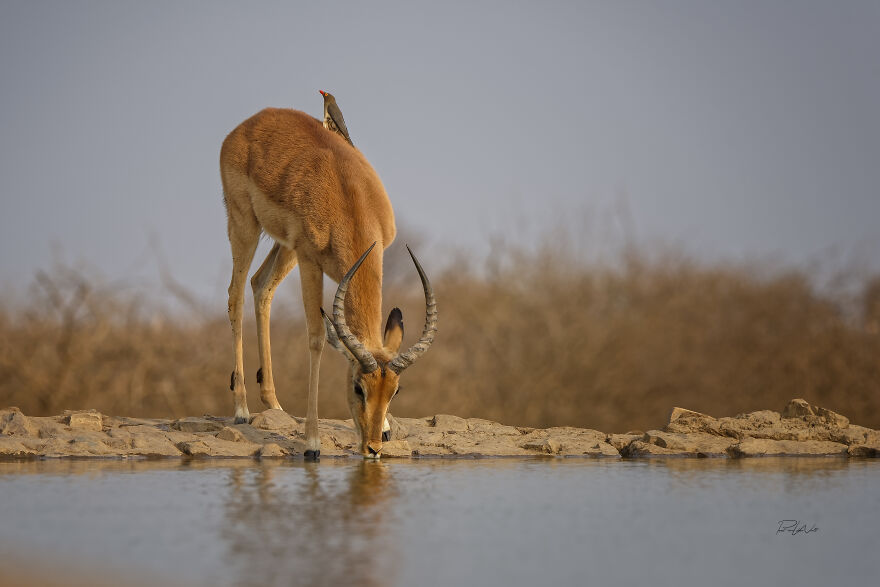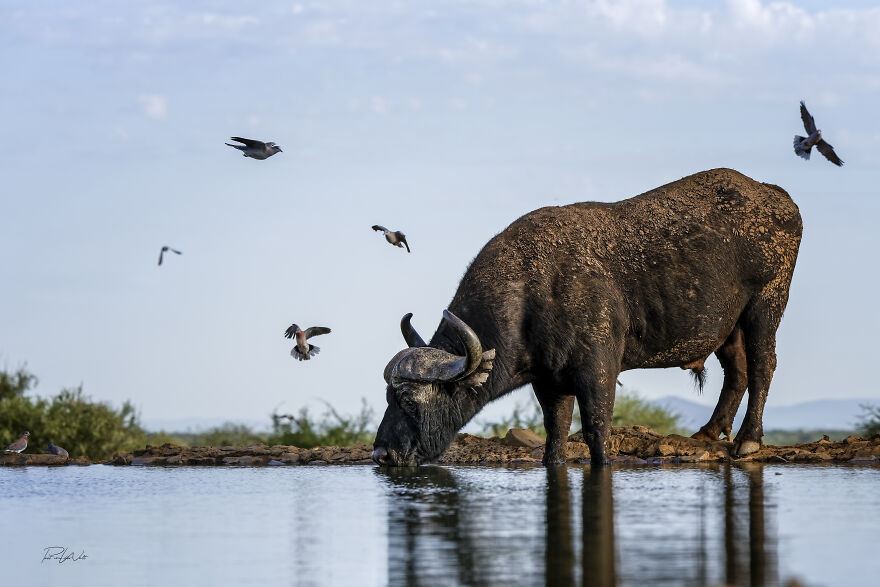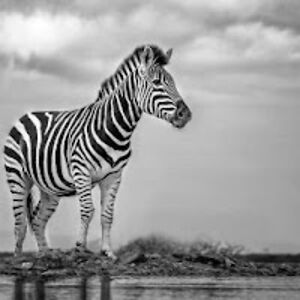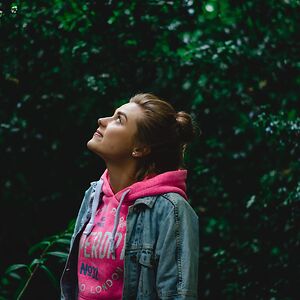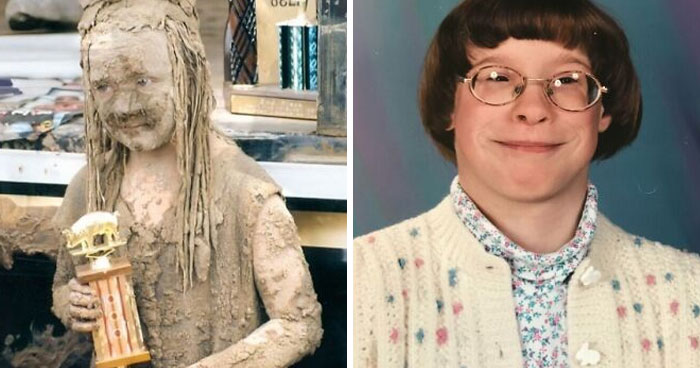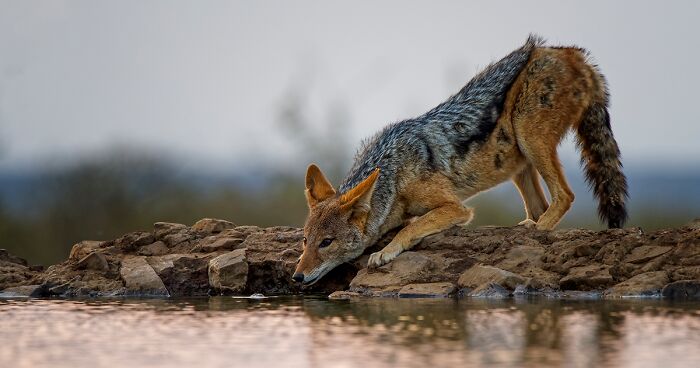
I Am A Photographer Passionate About Wildlife, Nature, And Conservation: Here Are My Best 45 Photos
Photography is art, but it first needs to become a passion... Only with passion can one create art. Wildlife photography is my passion. However, just being in nature changes my creativity for the better. The creativity generated by the surroundings of nature flows right back into other areas of my photography, such as landscape and cityscape photography. I try as much as possible to make use of other photography genres, which forces me to become even more creative.
“Sometimes I do get to places just when God’s ready to have somebody click the shutter.” Ansel Adams
Although I am not a full-time professional photographer, photography is my passion. There is no doubt about it. Second to photography but just as important is my passion for nature, wildlife and conservation. I was fortunate to have visited many places during my lifetime and even more fortunate to have had the opportunity to capture those moments and memories in my photographs.
This post may include affiliate links.
The African Buffalo. One of the "Big 5" in Africa and actually a very dangerous animal. Just for information's sake.
There is not a single photograph that I ever took that I cannot recall when, where and more importantly, how I felt during the specific moment that I took the photograph. During my travels I came across some fantastic scenery, unbelievable wildlife sightings and moments that even the best photograph could not capture; however, it did not stop me from trying to capture at least some of the magnificence that I have witnessed.
These images cover three of my favorite countries and some of the wildlife and scenery I have encountered. These countries are Kenya, Botswana and obviously, South Africa. Botswana is an absolute gem for wildlife photographers. The Delta and Moremi areas are renowned for their abundance of wildlife. Kenya is absolutely fantastic with the wide open spaces of the Maasai Mara and more wildlife than anyone can even begin to imagine. I am often asked which of the two countries I favor.
To be honest, the two countries are equal in every respect. The difference lies in the ecosystems. The Maasai Mara in Kenya is flat grassland with wide open spaces whilst Chobe and Moremi in Botswana are bush areas, much like South Africa’s Kruger National Park. “The Kruger”, as it is known in South Africa, covers a massive area which, according to my own opinion, offers the biggest range of different ecosystems in Africa. These range from densely populated acacia thorn tree areas to parkland areas, thickly wooded grassland bush areas to tropical riverine forests, all with their own unique ecosystems. I love Africa... I love photography... I love nature… I love life…
“There are always two people in every picture: the photographer and the viewer.” Ansel Adams
Thank you for allowing me to share some of my photos with you. This is my passion and will be for the remainder of my life on this earth. If I ever have the opportunity to come back to earth reincarnated, it will be as a wildlife and nature photographer. God is great, and so is his creation...
I was trained as a forensic photographer in South Africa during the 1980s but gave up on photography altogether during the late 1990s. It was just not satisfying any more, and I resorted to taking “family pictures” with a compact camera when asked to do so. I was just not “into it” anymore. At that stage, being a South African and being surrounded by nature reserves, I started to take the odd wildlife image when I had the chance but my passion for photography was dead. I consider myself a creative person and I realized that I “missed” something in my life. I started with part-time web and graphic design, but it was just not fulfilling enough. It took me close to 13 years to realize what I really missed. In 2010 one of my close friends, who is an avid nature photographer, showed me some of his wildlife photos. It struck home immediately. I then put myself into “training” to learn digital photography and to get to grips with the various cameras and software packages available. My “creativity” returned, and as a nature lover, wildlife and nature photography was an automatic choice. Since then, the learning curve has never stopped. I learn something new every day; such is the depth of nature and wildlife photography.
This is another animal that is under a silent decline. It wasn't until 2017 that it came out that they were in serious decline. I hope to hear soon that giraffe are back on the up swing.
Sub-Saharan Africa is huge with an abundance of nature reserves. These include “self-drive” reserves such as the Kruger National Park in SA and various others in Botswana, Zambia, Tanzania, and Kenya. Obviously, being in nature and taking images of wildlife, one must also learn the “ways of the bush”. That includes wildlife behavior, tracking of animals (spoor, dung, and a host of other indicators), reading animal warning signs, and being very careful, always. As a wildlife photographer, always remember that you are in “their” territory, and they will protect their territory and especially their young against anything and everything they deem as a possible threat. Even gentle giants such as giraffes are known to have killed people. One must also be very careful of injured wild animals as they can be extremely unpredictable. I have had two close encounters during the last 10 years, both due to my own stupid behavior. Once was with an injured white rhino and once with two elephants, protecting their young. I came out unscathed on both occasions, but it could easily have been the other way around. Be wary at all times, even if you think you are safe inside a vehicle.
Look at that face! So lovely and so focused--really captures the animal well.
There are literally thousands of wildlife and nature photographers in the world and the digital age made photography accessible to everyone. I have always said that photography is art, but it first needs to become a passion... Only with passion can one create art. There are many “rules” in nature and wildlife photography, but rules are made to be broken or at least tested to the very brink. According to my humble opinion, a great wildlife or nature image needs to address the subject of the image and that which the photographer wants to convey to the viewer, even if it means breaking set rules. Ansel Adams, who still today is arguably the best nature photographer to ever have lived, said: “There are always two people in every picture: the photographer and the viewer.” Not everyone in the world likes every painting ever done by a renowned artist. Photography is exactly the same. An image that will inspire me and make me feel special might not have the same effect on the person standing next to me, viewing the exact same image. You and only you as the photographer need to be satisfied with your work. If you feel that an image will not convey emotion or the reason for you taking the image in the first place, then don’t use it. You are only as “good” as the last image you have published.
Many people look at me in a strange way when I say that zebras are my favorite wild animal. Everyone always expects the answer to be lion, leopard, or any other of the so-called “big 5”. Zebras are extraordinary creatures, each having its own identity and “personality”. The interaction between these animals is also fascinating to watch and photograph and according to me, they are easily the most photogenic animals in the wild. They can make any ordinary image look special due to their black and white stripes, adding immediate contrast to their surroundings. If I really have to choose one image that will always stay in my mind and make me proud of the little that I have achieved, it is that of three zebras at a waterhole. I was busy taking several images of the animals and they suddenly got a fright, causing them to rear up and scatter away from the water. The end result is an image with all three rearing up with water droplets flying everywhere. A perfect “action” image of my favorite animals.
Photography equipment has come a long way since my introduction to photography during the early 1980s. As I said earlier, the digital age has changed the face of photography forever. I was used to the old 35mm film cameras which gave amazing quality images and with the option of large prints without loss of quality. Today, full-frame digital cameras with far more advanced features, larger sensors, and high megapixel counts are available. Do not get me wrong, cameras with smaller sensors and lower megapixel count are also effective, but the main market shareholders (without getting brand specific) have recently made available full-frame semi-pro and professional range cameras of up to 45 megapixels, and the end is still not in sight. Cameras and lenses evolve yearly but it is difficult to keep upgrading expensive equipment. The one item that I will recommend for wildlife photography is an ultra-telephoto lens, and if you are into night photography, obviously a strong spotlight and a camera flash. A decent camera with a high ISO rating will also help, but remember, and this is a fact… expensive gear does not necessarily make you a good photographer.
If there is a message that I would like to convey through my images, it is nature and wildlife conservation. To protect our wildlife and nature for future generations to enjoy as much as I do. To protect endangered species such as the white rhino and many others in SA and Africa and to eradicate the illegal trade in wildlife. I have witnessed firsthand what the effect of illegal poaching is on wildlife. It needs to stop. On a positive note, I would like my images to communicate the wonders of nature, the abundance of wildlife in SA and in the rest of Sub-Saharan Africa and the sheer joy of me being able to be part of this wonderful creation.
Coolest fact about impala, they are few among today's animals that, since the last ice age, look relatively the same since they evolved over 10,000 years ago.
bird loves him some bugs and a nice high purch to hunt themis find as well

 Dark Mode
Dark Mode 

 No fees, cancel anytime
No fees, cancel anytime 






